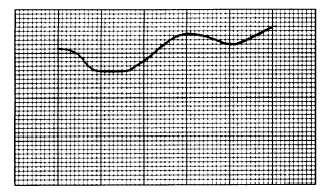Figure 7-29.—Computing area by counting the squares.
However, this works out to
And this, in turn, reduces to
Substituting in the formula the data from figure
7-26, you have
If you work this out, you will find that the result is
25,950 square feet or approximately 0.6 acre.
AREA BY COUNTING THE SQUARES.—
Another method of computing the area of an irregular
figure is to plot the figure on a sheet of graph paper
(plotting is explained later in this chapter). Then you
determine the area by counting the squares within the
figure outline and multiplying the result by the area
represented by each square.
Figure 7-29 shows the same figure shown in figure
7-28 but plotted to scale on a sheet of graph paper on
which each of the small squares is 5 feet x 5 feet or 25
square feet. When you count the squares within the
outline, you will find that they total 1,038 squares which
means
1,038 x 25 = 25,950 square feet.
AREA BY PLANIMETER.— A planimeter is a
mechanical device that you can use to compute the area
of an irregular figure after tracing the perimeter of a
scale drawing of the figure with the tracing point on the
planimeter. The most commonly used instrument is
called the polar planimeter.
Figure 7-30 shows a polar planimeter. Its parts
include an anchor point, P; a tracing point, T, with a
guide, G; a vernier, V; and a roller, R. An adjustable arm,
A, is graduated to permit adjustment to conform to the
scale of the drawing. This adjustment provides a direct
ratio between the area traced by the tracing point and the
revolutions of the roller. As the tracing point is moved
over the paper, the drum, D, and the disk F, revolve.
The disk records the revolutions of the roller in units and
Figure 7-30.—Polar planimeter.
7-20

